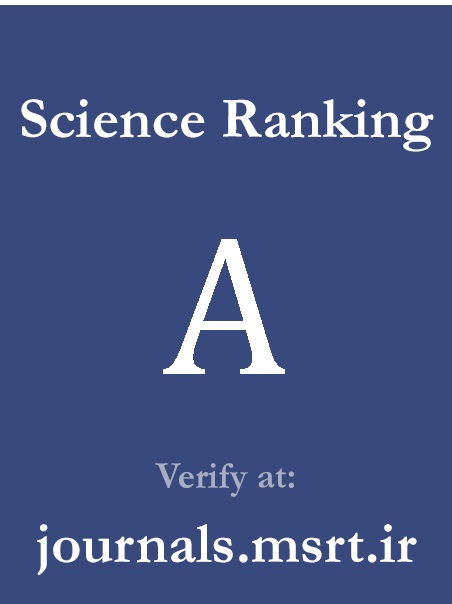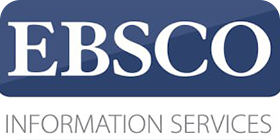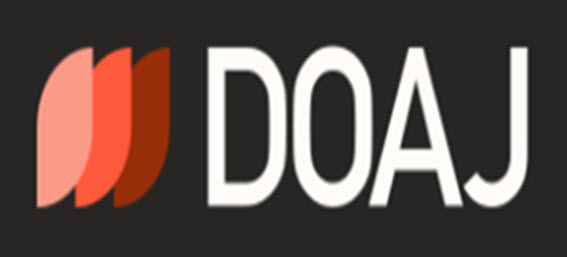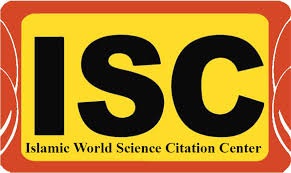The Impact of Hidden Curriculum on the Development of Social Skills with the Mediating Role of School Belonging in Sixth Grade Students of Tonekabon County
Keywords:
school belonging, hidden curriculum, social skillsAbstract
Purpose: The present study aimed to investigate the impact of the hidden curriculum on the development of social skills, with the mediating role of school belonging among sixth-grade students in Tonekabon County. Methods and Materials: This study was conducted using a correlational research method and structural equation modeling. The statistical population included all sixth-grade students in Tonekabon County during the 2023-2024 academic year, totaling 1,900 individuals. The research sample consisted of 321 students. Data collection tools included the Social Skills Rating System by Gresham and Elliott (1990), the Hidden Curriculum Questionnaire by Taghipour and Ghaffari (2009), and the School Belonging Questionnaire by Brown and Evans (2002). Data analysis was performed using the Kolmogorov-Smirnov test, standardized path coefficients, Sobel test, t-statistics, structural equations, and significance level (p < .05), utilizing SPSS version 24 and SmartPLS version 3 software. Findings: The findings revealed that school belonging mediates the impact of the hidden curriculum on the development of social skills (β = .735, p < .001). The hidden curriculum had a significant effect on the development of social skills (β = .916, p < .001) and school belonging (standardized path coefficient = .828, p < .001). Additionally, school belonging significantly influenced the development of social skills (SRMR = .063, β = .831, p < .001). Conclusion: The research findings indicate that school belonging plays a crucial mediating role in the impact of the hidden curriculum on the development of students' social skills.










